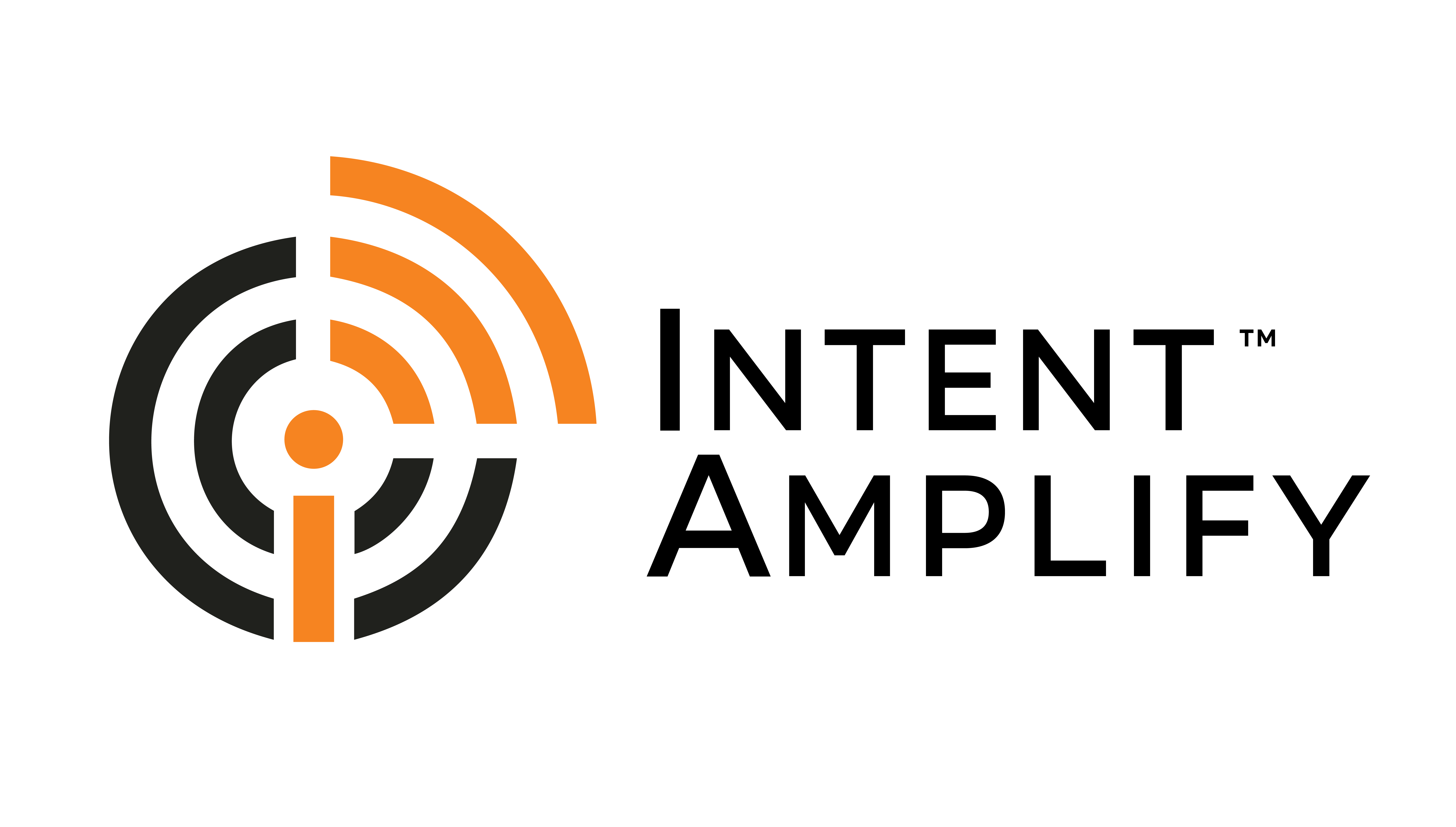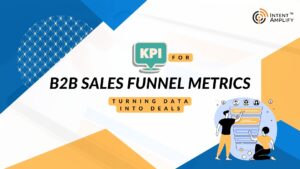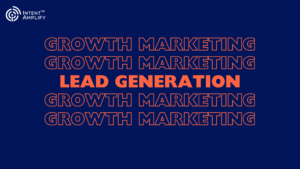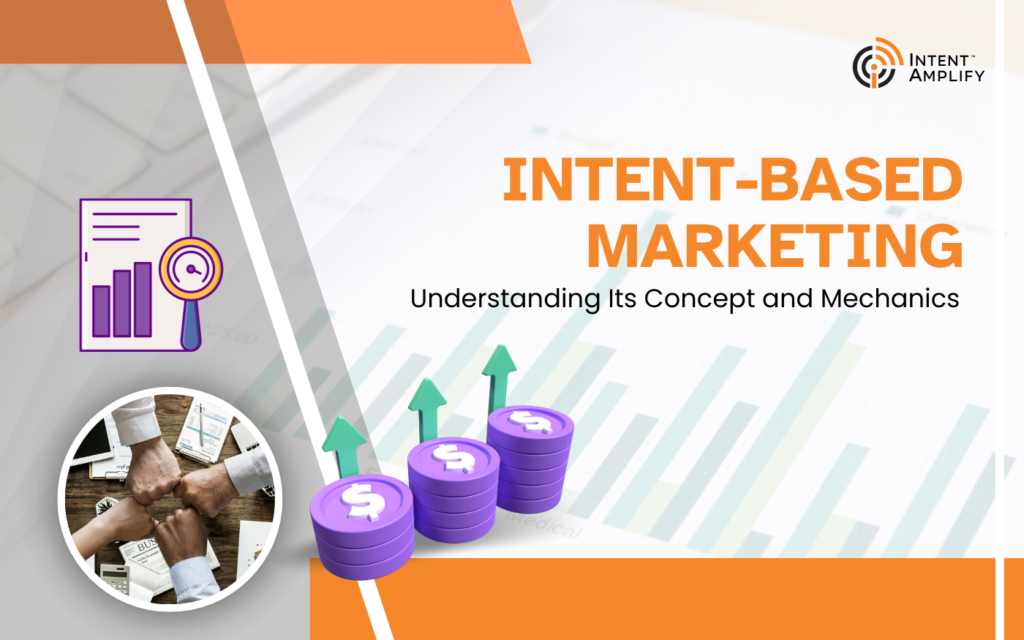
Intent-Based Marketing: Understanding Its Concept and Mechanics
All of us must have experienced at least once how we talk about something to someone and that exact same (or similar) thing appears on our phone. Well this feat is achieved by the microphone on your smartphone which keeps eavesdropping on all your conversations and keeps its ears on every keyword that comes out of your mouth. This is done in order to show us relevant ads while the subject is hot on our minds.
Intent-based marketing / advertising is a similar concept. It is about understanding what people are interested in and using those insights to tailor marketing efforts. It is one of the most accurate ways to advertise. The data is collected from different sources, like search queries, website visits, or social media interactions, to pick up on “intent signals.” For example, if someone’s searching for “best smartphone for photography,” they’re probably into photography gears and hence can be a good candidate to pitch an ad about the same.
This goes deeper as we categorise people based on these signals from those just exploring to those ready to buy. Accordingly, one can create personalized content and ads for each group. So, if you’ve been eyeing a camera online but didn’t buy it, you might see an ad with a special offer. It’s all about delivering what you want, when you want it, and making your marketing experience super-relevant and engaging.
Active and Passive Buyer Intent
These insights obtained from observing the prospect’s online behavior, needs, and interests allow B2B marketers to determine their level of urgency to acquire a solution. Intent can be split into two categories: Active and passive buyer intent. Active buyer intent, also known as transactional intent, is where buyers voluntarily take actions to learn more about specific details about a product or service – thereby showing a strong willingness to make a purchase. Such prospects qualify for a fast-paced closure.
On the other hand, passive buyer intent refers to prospects who are still researching and have not shown strong interest in making a purchase. Through intent-based marketing tactics, B2B advertisers can aim their budget at the segmented audiences that are more likely to purchase.
Now let us see how Intent-based marketing can affect different aspects of marketing.
Intent-based advertising can have a significant impact on the following five areas:
- Account-Based Marketing (ABM):
Intent-based advertising can enhance ABM by identifying and targeting accounts that are actively showing interest in a company’s products or services. By aligning advertising efforts with the intent signals of target accounts, ABM campaigns can become more effective in engaging and converting high-value prospects.
- Marketing Costs:
Intent-based advertising can help reduce marketing costs by focusing advertising spend on users who are more likely to convert. By targeting individuals or businesses displaying intent, you can allocate resources more efficiently, lowering the cost per acquisition and increasing the return on investment (ROI).
- Programmatic Advertising:
Programmatic advertising leverages data and automation to reach the right audience. Intent data can significantly improve programmatic advertising by ensuring that ad placements are highly relevant. This leads to improved click-through rates, conversions, and campaign performance.
- Ideal Customer Profile (ICP):
Intent-based advertising can refine and optimize the ideal customer profile. By analyzing the intent signals of users who engage with your ads and convert, you can gain insights into the characteristics and behaviors of your most valuable customers. This data can help you fine-tune your ICP and tailor your marketing efforts accordingly.
- SEO (Search Engine Optimization):
Intent-based advertising can complement SEO efforts by driving traffic from users actively searching for products or services related to your business. By bidding on relevant keywords and creating compelling ad copy, you can capture the attention of users at the moment of their search intent. This can lead to increased organic search traffic as well, as user engagement and click-through rates can positively impact search engine rankings.
In summary, intent-based advertising can improve the precision and efficiency of marketing efforts across various areas, including ABM, marketing costs, programmatic advertising, ICP development, and SEO. By aligning advertising strategies with user intent, businesses can achieve better targeting, higher engagement, and improved ROI.
How Does Intent-Based Targeting Work?
Intent-based targeting is a digital advertising strategy that focuses on reaching and engaging users who have demonstrated a specific intent or interest related to a product, service, or topic. It works by leveraging various data sources and technologies to identify and target individuals who are more likely to take a desired action, such as making a purchase or signing up for a service. Here’s how intent-based targeting typically works:
Data Collection:
One of the primary sources of intent data is user search behavior. Search engines like Google collect data on the keywords users search for, the websites they visit, and the content they interact with. Many websites use tracking technologies like cookies to monitor user behavior on their site. This data can include pages visited, time spent on pages, and actions taken (e.g., adding items to a shopping cart). Marketers often rely on third-party data providers to access additional information about users, such as demographics, interests, and online behavior. Social media platforms track user interactions, likes, shares, and comments, which can provide insights into user interests and intent. All of these contribute to data collection.
Data Analysis:
Intent data is analyzed using machine learning algorithms and data analytics tools. Patterns and trends are identified to determine user intent. For example, a user who searches for “best gaming laptops” is likely interested in purchasing a gaming laptop.
Segmentation:
Based on the analysis, users are segmented into groups or audiences with similar intent signals. These segments may include users who are in the early research phase, those who have shown purchase intent, or those interested in specific topics or products.
Content Creation and Ad Campaigns:
Marketers create targeted content and ad campaigns tailored to each intent-based audience segment. Ad creative, messaging, and offers are designed to resonate with the identified intent and guide users toward the desired action.
Ad Placement:
Advertisers use various advertising platforms, including search engines, social media, programmatic advertising, and display networks, to deliver ads to the selected audience segments. Ad placements are chosen to maximize visibility and engagement.
Real-Time Bidding (RTB):
In programmatic advertising, real-time bidding is often used to auction ad impressions in real time. Advertisers bid on impressions that align with their target audience’s intent, ensuring that their ads are displayed to users who are likely to be interested.
Performance Tracking and Optimization:
Ad campaigns are continually monitored for performance. Key performance indicators (KPIs) such as click-through rates, conversion rates, and return on ad spend (ROAS) are used to assess the effectiveness of intent-based targeting. Campaigns are optimized based on real-time data to improve results.
In essence, intent-based targeting aims to deliver the right message to the right audience at the right time, leveraging user intent signals to maximize the likelihood of conversions and engagement. It’s a data-driven approach that helps advertisers make their advertising efforts more relevant and efficient.
If you are looking for intent-based advertising for your business, let Intent Amplify guide you. Intent Amplify is a leading b2b marketing company for account based marketing, lead generation, demand generation, webinar registration, appointment setting, and digital marketing.
